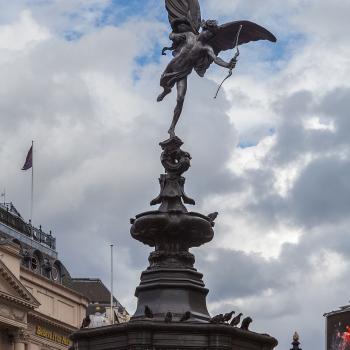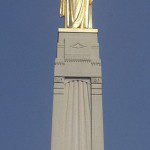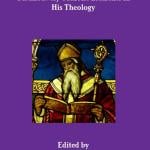Gerrit Dirkmaat is featured in a new super-short video from the Interpreter Foundation entitled “The Faith of the Whitmers.” If you like it, share it!
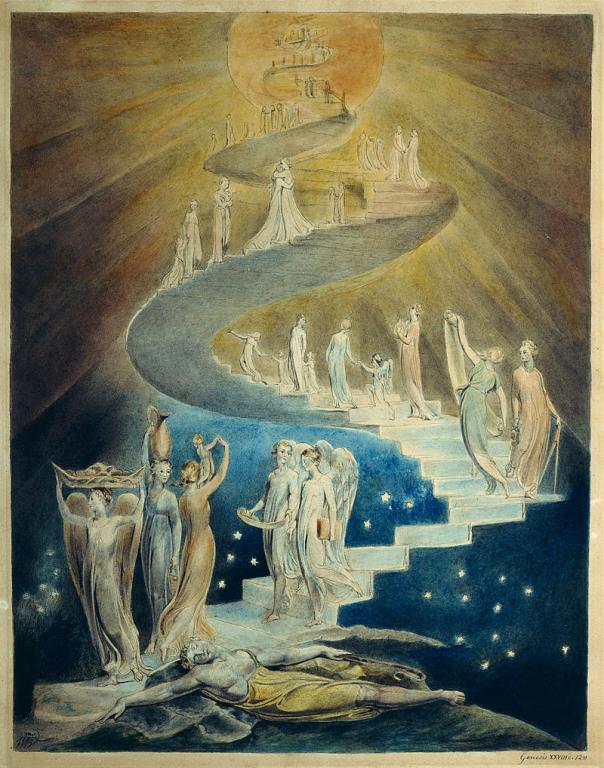
Thinking about what the Interpreter Foundation has accomplished since it was founded twelve years ago this week, and thinking of the critics who continually pretend to see evidence that the Foundation is in decline or that it has been marginalized and somehow rendered irrelevant, I’m reminded of the title of the 1953 Raymond Chandler novel The Long Good-Bye, and of Juliet’s words to Romeo from her balcony:
“Parting is such sweet sorrow that I shall say goodnight till it be morrow.”
I’m deeply grateful to all of those — donors, volunteers, authors, and others — who have made Interpreter possible.
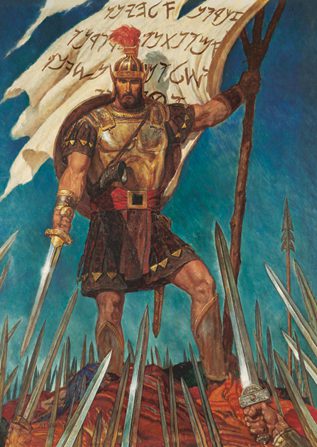
(Arnold Friberg, LDS Media Library)
And, speaking of the Interpreter Foundation, here are three new items that went up today on its website:
This week for Come, Follow Me lesson 33 covering Alma 43-52, we have lectures 57 through 70 (14 lectures!) from Hugh Nibley’s Book of Mormon classes at Brigham Young University, covering Alma 45–54.
During 1988, 1989, and 1990, Hugh Nibley taught Honors Book of Mormon classes for four semesters at Brigham Young University. The lectures were video-taped and audio cassettes and printed transcripts were made of the lectures. We believe these recordings will be interesting to listen to and valuable to your Come, Follow Me study program this year. Each week, we will include the lectures covering the Book of Mormon chapters being studied that week.
The Book of Mormon in Context Lesson 33: “Stand Fast in the Faith of Christ” (Alma 43-52)
For the 21 July 2024 Come, Follow Me segment of the Interpreter Radio Show, Bruce Webster and Robert Boylan and Kris Frederickson discussed Book of Mormon lesson 33, “Stand Fast in the Faith of Christ” discussing Alma 43-52.
Archived and freed from commercial interruptions, their discussion is now available for your listening pleasure at no cost to you. The other segments of the 21 July 2o24 radio show can be accessed at https://interpreterfoundation.org/interpreter-radio-show-july-21-2024.
Each and every week, the Interpreter Radio Show can be heard on Sunday evening between 7 PM and 9 PM (MDT), on K-TALK, AM 1640. If, for some reason, that doesn’t suit your lifestyle, you can listen to it live on the Internet at ktalkmedia.com.
Editor’s Note: Four years ago, Jonn Claybaugh began writing the Study and Teaching Helps series of articles for Interpreter. We now have these wonderful and useful posts for all four years of Come, Follow Me lessons. Beginning this year we will be reposting these articles, with dates, lesson numbers, and titles updated for the current year’s lessons. Jonn has graciously agreed to write new study aids for those lessons that do not directly correspond to 2020 lessons.
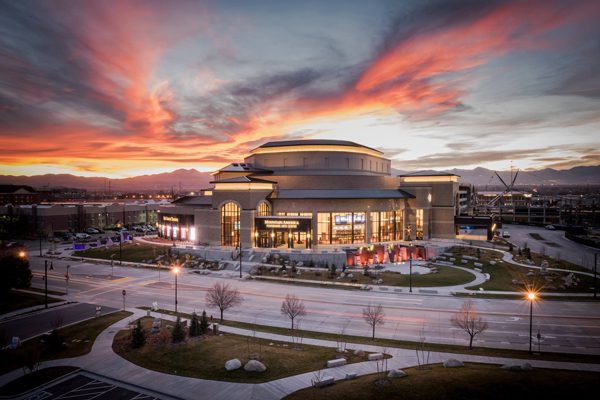
I suspect that Brigham Young’s tastes in theater may have been more overtly didactic than mine are, and we certainly disagree on his distaste for tragedies, but I’m certainly grateful that he gave such strong support to drama from the very earliest days of Latter-day Saint settlement in Utah. (So, too, is my wife, the theater major, who — I opted not to go, having several things to do — is out with a friend to a play as I type.)
“If I were placed on a cannibal island and given a task of civilizing its people,” Brigham is said to have remarked, “I should straightway build a theatre.”
And, very plainly, history and his actions bear him out on that claim. Soon after they arrived in the Salt Lake Valley in 1847, the Latter-day Saints erected a temporary shelter made from tree boughs on a frame structure that came to be called “The Bowery.” It stood on the southeast corner of what we now know as Temple Square. The forerunner of the Tabernacle, it was used for religious services — but also for concerts, plays, and dances.
In 1853, not much more than five years after the arrival of the Mormon pioneers in the valley, Salt Lake City’s Social Hall was formally dedicated. The non-LDS lawyer and federal territorial official Benjamin G. Ferris (1802-1891), a native of New York who was no friend to the Church of Jesus Christ of Latter-day Saints, compared the theatrical performances held there favorably to dramatic presentations along the eastern seaboard.
Thereafter, in 1862, Brigham Young dedicated the Salt Lake Theatre, which was one of the finest theater buildings of its time anywhere in the United States. Said he,
Upon the stage of a theater can be represented in character, evil and its consequences, good and its happy results and rewards; the weakness and the follies of man, the magnanimity of virtue and the greatness of truth. The stage can be made to aid the pulpit in impressing upon the minds of a community an enlightened sense of a virtuous life, also a proper horror of the enormity of sin and a just dread of its consequences. The path of sin with its thorns and pitfalls, its gins and snares can be revealed, and how to shun it (Discourses of Brigham Young, 243).
I’m confident that Brother Brigham would have loved film, too, and that he would have seen its enormous potential power for good.
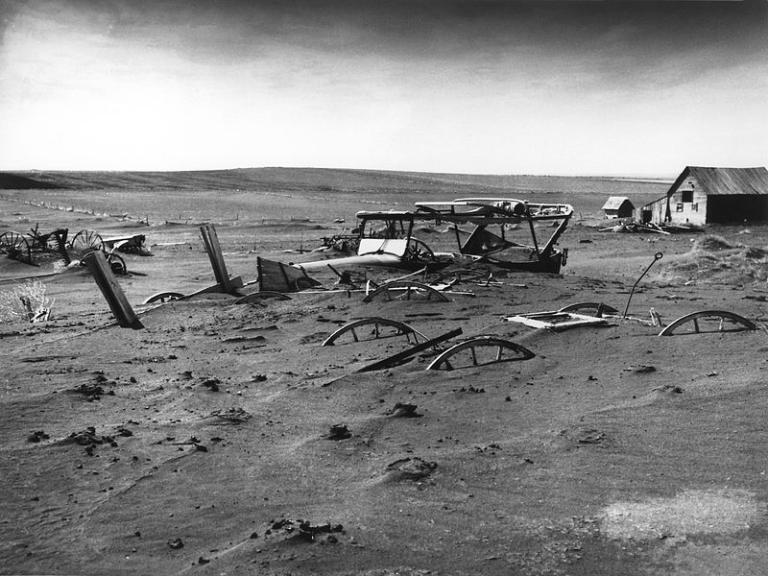
I try not to let too much time go by between offerings taken from the Christopher Hitchens Memorial “How Religion Poisons Everything” File™. I know how much these specimens of theistic atrocity mean to some folks, and how much they depend upon such horrors to keep their anti-theistic indignation aflame. Here’s a new case that, I think, should serve the purpose: “Honduras Hospitals Receive Two Major Donations From the Church of Jesus Christ.”






